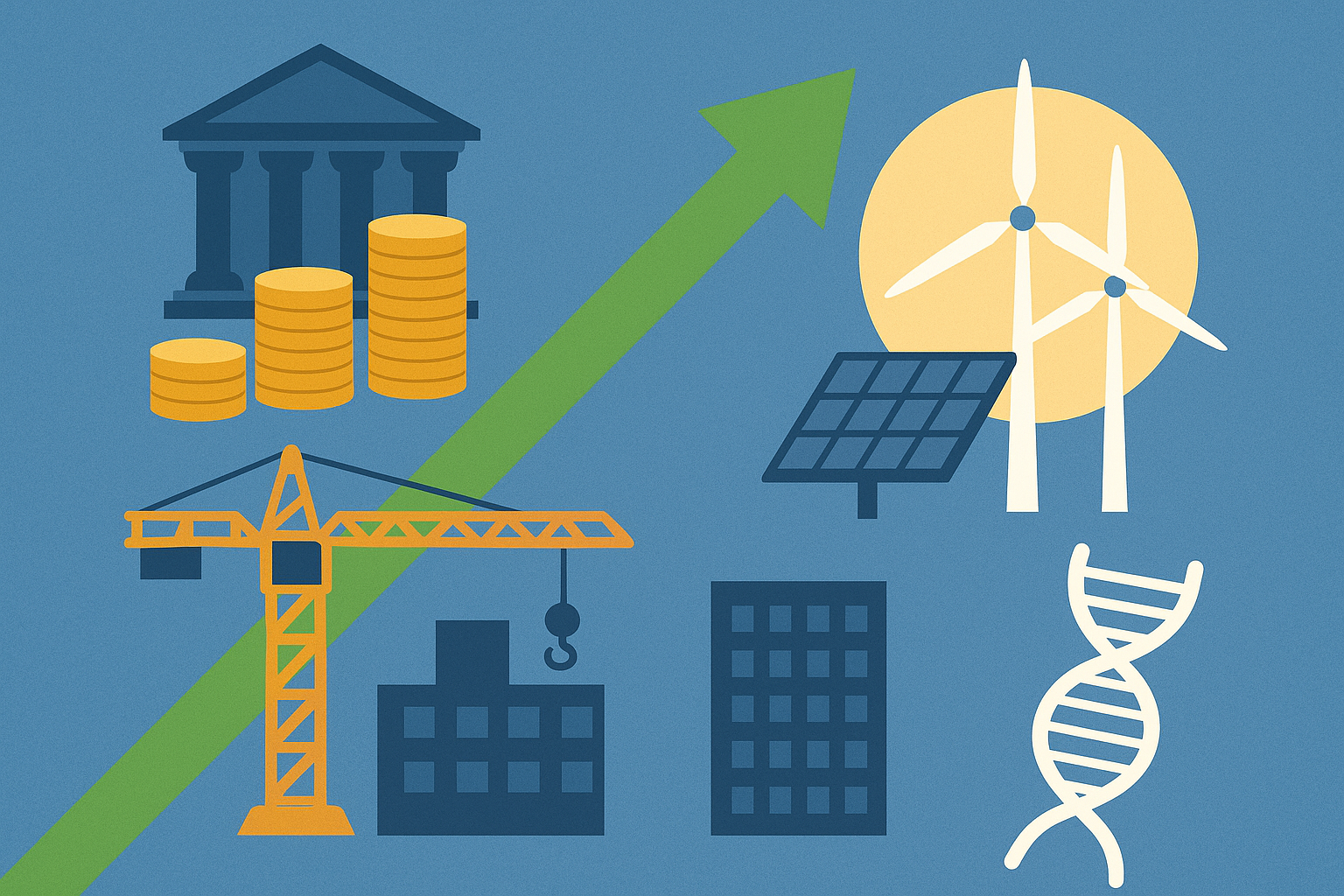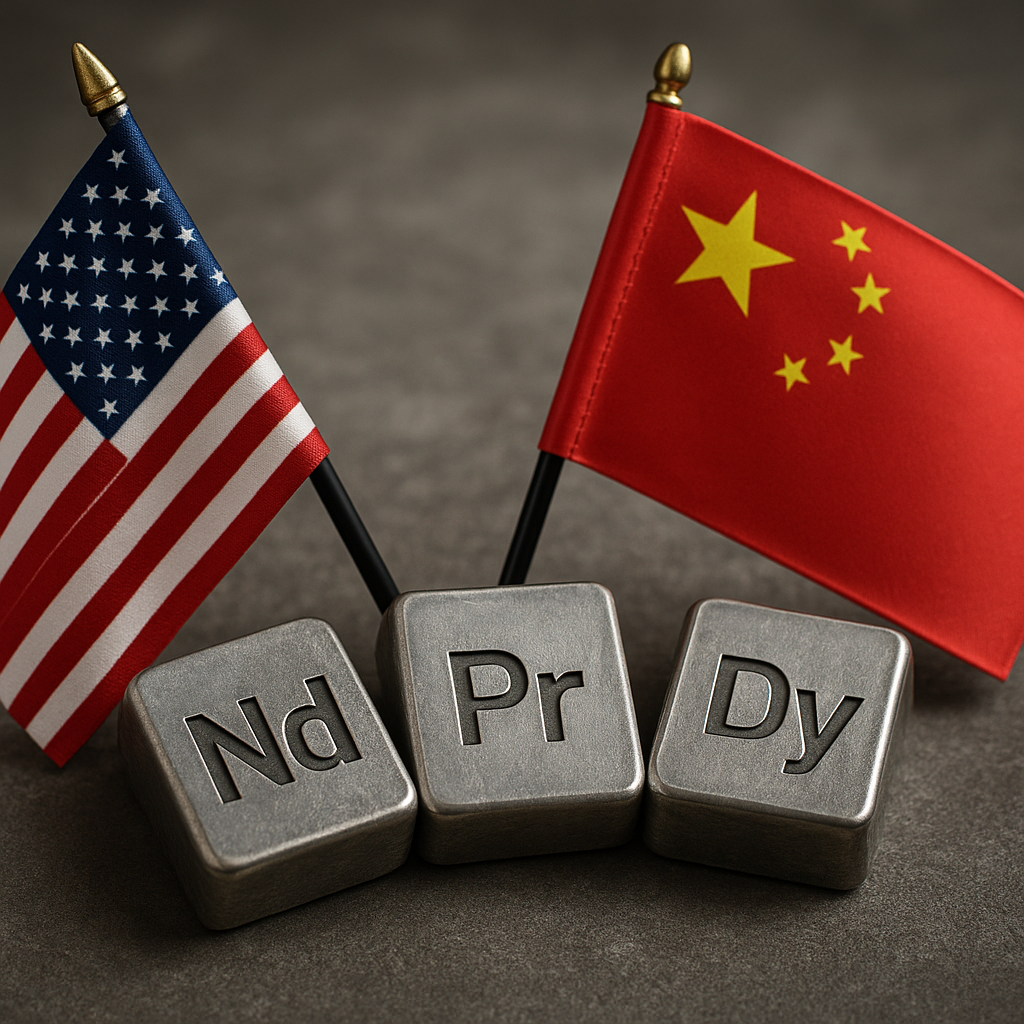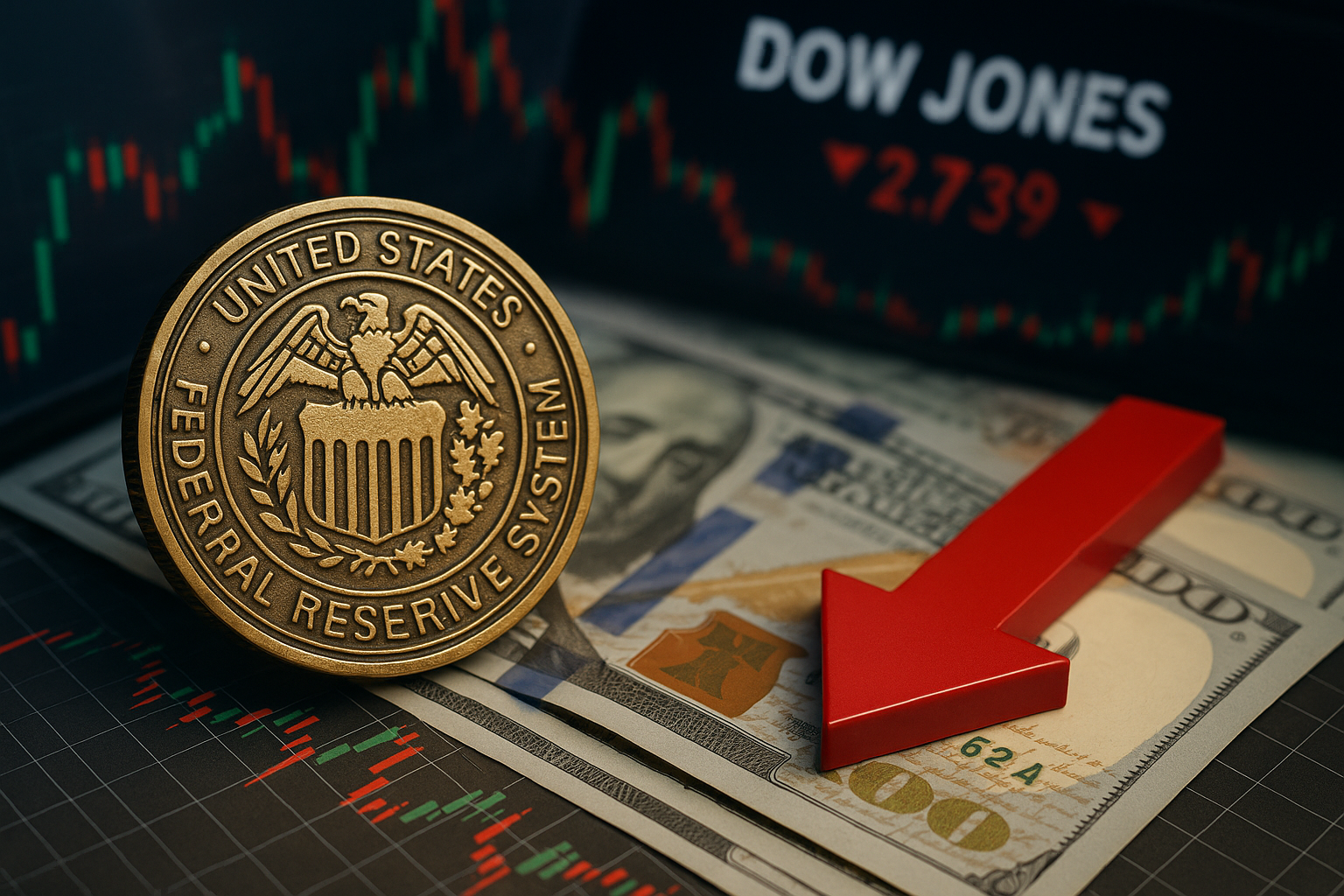For much of the past two years, artificial intelligence (AI) has been the undisputed darling of the markets. Tech giants and startups alike captured headlines and billions in investor capital as generative AI tools and infrastructure spending reshaped corporate strategies. But as valuations of pure-play AI names climb to dizzying heights, many institutional investors are quietly shifting gears. The new focus? Sectors tied to government spending—namely infrastructure, renewable energy, biotech, and defense—that promise more stable, policy-backed returns.
Why Investors Are Looking Beyond AI
Recent analysis from Reuters highlights a growing recalibration among asset managers. While AI continues to generate long-term enthusiasm, there’s mounting concern that the sector has become “over-owned” and “overstretched,” particularly after a summer of record-breaking capital expenditure announcements from Alphabet, Microsoft, and Amazon.
“AI is not going away, but we are entering a phase where selective exposure matters more than blanket enthusiasm,” one U.S.-based fund manager told Reuters. “Investors are recognizing that policy-led sectors—like clean energy and infrastructure—are where fiscal dollars are guaranteed to flow.”
The U.S. government has already committed more than $1 trillion through infrastructure bills, with billions earmarked for renewable energy projects, electric vehicle charging networks, and advanced biotech research. In Canada, Ottawa’s net-zero roadmap and green energy credits are similarly catalyzing capital allocation into the energy transition.
Policy Tailwinds Creating New Opportunities
Infrastructure & Energy Transition
According to the International Energy Agency (IEA), global clean energy investments are expected to surpass $2 trillion annually by 2030, with the U.S. and Canada positioned as leading contributors. Companies involved in grid modernization, renewable power, and EV infrastructure are now commanding renewed attention from pension funds and sovereign wealth managers seeking long-term, inflation-protected growth.
Biotech & Healthcare Innovation
The White House recently announced a $6.5 billion expansion of the Advanced Research Projects Agency for Health (ARPA-H), underscoring Washington’s intent to fund next-generation biotech breakthroughs. Meanwhile, Canadian life sciences hubs in Toronto and Vancouver continue to attract both government grants and venture capital, boosting the growth prospects of health-tech startups.
Defense & Security
Geopolitical tensions and the push for greater supply chain resilience have fueled bipartisan support for increased defense budgets. From cybersecurity providers to advanced aerospace firms, defense-linked companies are seeing a steady inflow of government-backed contracts that provide revenue visibility in an otherwise volatile market environment.
Future Trends to Watch
- The Re-Rating of AI Stocks: While mega-cap tech remains dominant, analysts expect a “cooling period” where multiples contract, leaving room only for firms with durable competitive moats.
- Decentralized Energy Infrastructure: Microgrids, battery storage, and next-gen nuclear are gaining traction as governments seek energy independence.
- Public–Private Partnerships (PPPs): Infrastructure projects increasingly rely on private capital alongside federal funding, opening doors for investors in listed construction, engineering, and materials companies.
- Healthcare Data & AI Integration: The convergence of health-tech and AI could create a new wave of investable opportunities—albeit at more measured valuations.
Key Investment Insight
For investors, the lesson is clear: diversify thematic exposure beyond AI to capture policy-driven tailwinds. Infrastructure builders, renewable energy providers, and biotech innovators stand to benefit most from this fiscal reallocation. Active managers, who can pivot quickly and overweight niche beneficiaries, may outperform passive strategies that remain heavily indexed to AI-heavy benchmarks like the Nasdaq 100.
Investor Takeaway
The AI boom is far from over, but the easy money may already be behind us. With fiscal policy now shaping the next leg of growth, the most resilient opportunities lie in sectors where governments are both customer and catalyst. Investors who identify high-quality names in infrastructure, renewable energy, biotech, and defense will be best positioned to ride the next wave of capital flows.
For timely insights on these shifting market dynamics, stay connected with MoneyNews.Today—your trusted source for daily investor intelligence across global markets.





